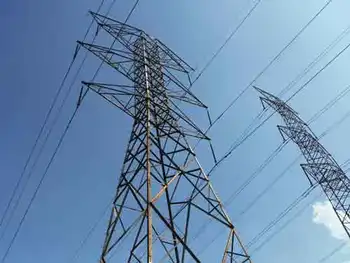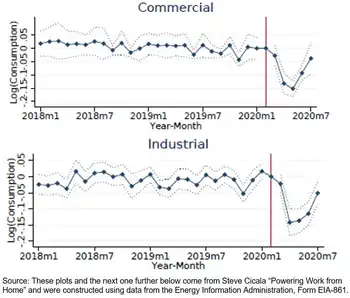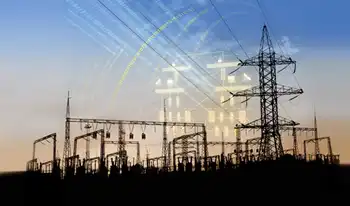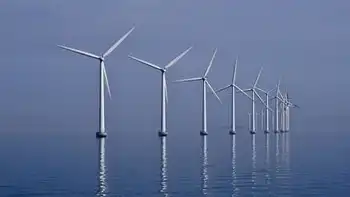Ontario rolls out ultra-low electricity rates

Substation Relay Protection Training
Our customized live online or in‑person group training can be delivered to your staff at your location.

- Live Online
- 12 hours Instructor-led
- Group Training Available
Ontario Ultra-Low Overnight Electricity Rate lets eligible customers opt in to 2.4 cents per kWh time-of-use pricing, set by the Ontario Energy Board, as utilities roll out the plan between May 1 and Nov. 1.
Key Points
An OEB-set overnight TOU price of 2.4 cents per kWh for eligible Ontarians, rolling out in phases via local utilities.
✅ 8 of 61 utilities offering rate at May 1 launch
✅ About 20% of 5M customers eligible at rollout
✅ Enova Power delays amid merger integration work
A million households can opt into a new ultra-low overnight electricity rate offered by the Ministry of Energy, as province-wide rate changes begin, but that's just a fraction of customers in Ontario.
Only eight of the 61 provincial power utilities will offer the new rate on the May 1 launch date, following the earlier fixed COVID-19 hydro rate period. The rest have up to six months to get on board.
That means it will be available to 20 percent of the province's five million electricity consumers, the Ministry of Energy confirmed to CBC News.
The Ford government's new overnight pricing was pitched as a money saver for Ontarians, amid the earlier COVID-19 recovery rate that could raise bills, undercutting its existing overnight rate from 7.4 to 2.4 cents per kilowatt hour. Both rates are set by the Ontario Energy Board (OEB).
"We wanted to roll it out to as many people as possible," Kitchener-Conestoga PC MPP Mike Harris Jr. told CBC News. "These companies were ready to go, and we're going to continue to work with our local providers to make sure that everybody can meet that Nov. 1 deadline."
Enova Power — which serves Kitchener, Waterloo, Woolwich, Wellesley and Wilmot — won't offer the reduced overnight rate until the fall, after typical bills rose when fixed pricing ended province-wide.
Enova merger stalls adoption
The power company is the product of the recently merged Kitchener-Wilmot Hydro and Waterloo North Hydro.
The Sept. 1 merger is a major reason Enova Power isn't offering the ultra-low rate alongside the first wave of power companies, said Jeff Quint, innovation and communications manager.
"With mergers, a lot of work goes into them. We have to evaluate, merge and integrate several systems and processes," said Quint.
"We believe that we probably would have been able to make the May 1 timeline otherwise."
The ministry said retroactive pricing wouldn't be available, unlike the off-peak price freeze earlier in the pandemic, and Harris said he doesn't expect the province will issue any rebates to customers of companies that introduce the rates later than May 1.
"These organizations were able to look at rolling things out sooner. But, obviously — if you look at Toronto Hydro, London, Centre Wellington, Hearst, Renfrew — there's a dynamic range of large and smaller-scale providers there. I'm very hopeful the Region of Waterloo folks will be able to work to try and get this done as soon as we can," Harris said.











